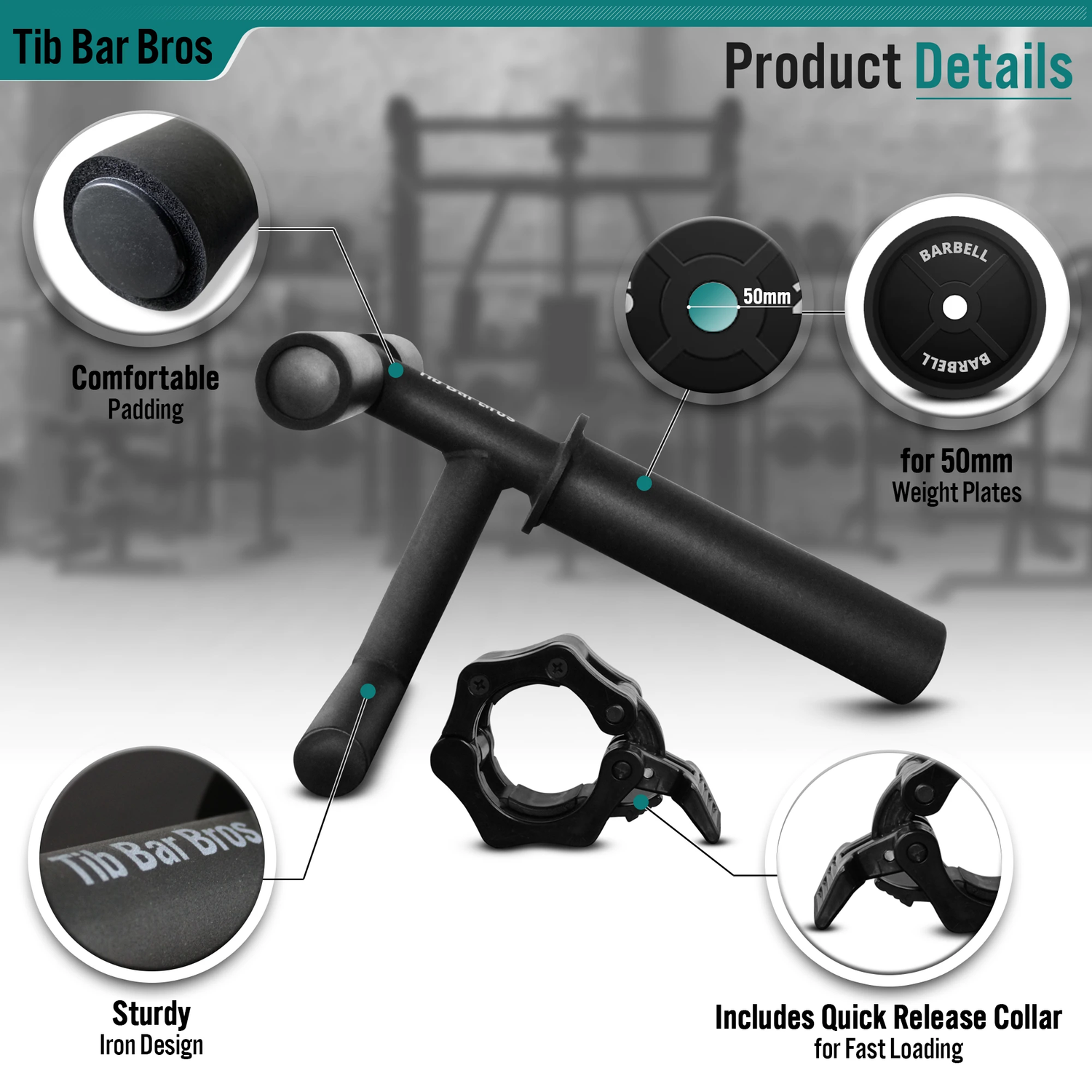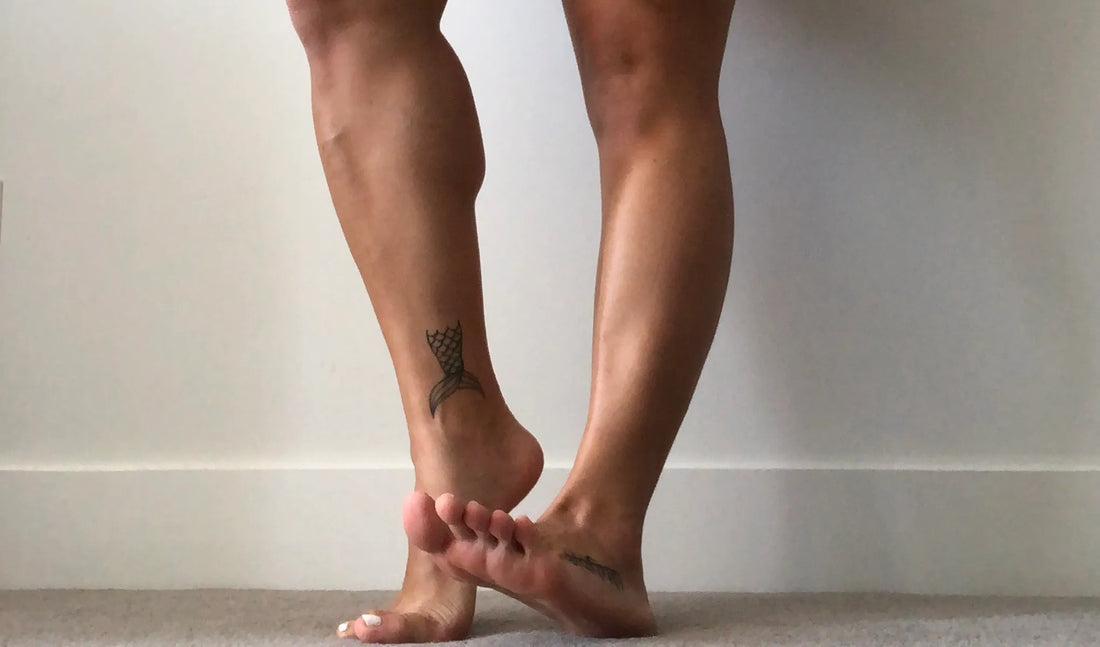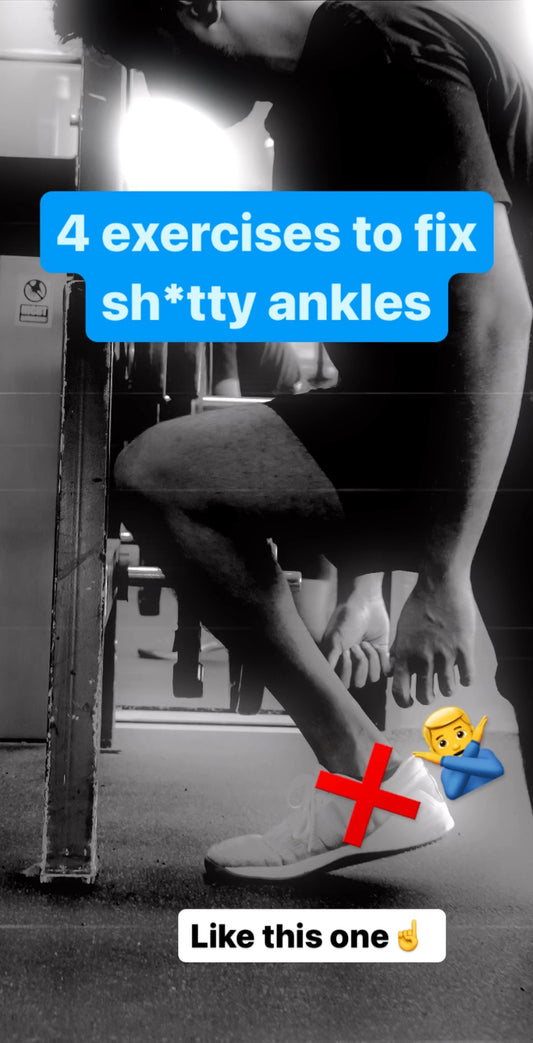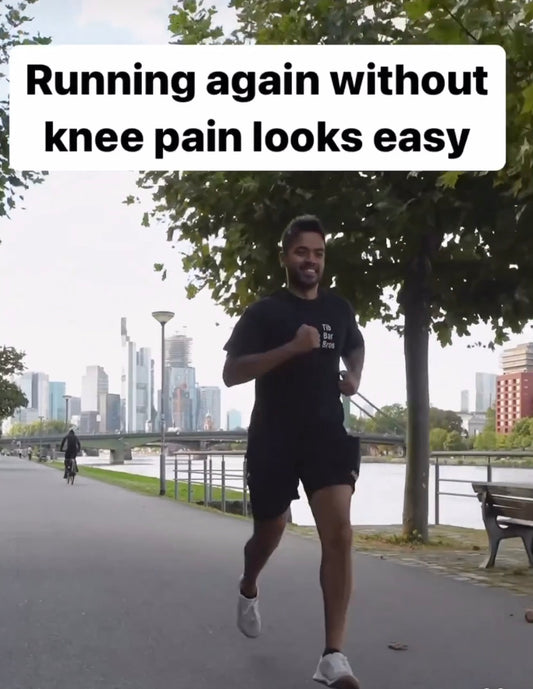Most people never train their shins. Even among professional athletes and bodybuilders, this part of the body is often severely neglected.
But a chain is only as strong as its weakest link. And the problem is often a muscle called the tibialis. A weak tibialis can have numerous negative consequences: Hip pain, knee pain, tibialis syndrome, aching ankles.
What is the tibialis?
The tibialis anterior is the anterior shin muscle. It starts at the ankle and runs along the shin to the knee. You use your tibialis when you try to pull your toes toward your knee.
The tibialis is the counterpart to the calf muscles on the back of the thigh. It absorbs much of the force that occurs when you land on your feet. That is, when you run, walk, and jump.
Why should you train your shins?
If you train the tibialis from the ground up, you can better protect your musculoskeletal system. This is beneficial in everyday life, but especially if you play sports, go jogging, or do strength training.
The stronger the tibialis is, the less force your knees have to absorb with each step, be it climbing stairs, walking, running, or jumping.
How can you train your shins?
To make shin training as easy as possible, there is the Tib Bar. It's like a dumbbell for your ankles.
The Tib Bar allows you to train your ankles through the full range of motion. It can be loaded with weight plates. This allows you to train with just the right weight to sustainably strengthen the tibialis.
The large range of motion can also increase the mobility of your ankles, which has a positive effect on other exercises like the squat. Here, the range of motion is often limited due to a lack of ankle flexibility.
In addition, it also strengthens the ankles. If you train heavy basic exercises like squats and deadlifts, you can generate more power through the hips and knees without getting shin, ankle, or foot pain.
Summary
The bad news: your tibialis may be too weak. This can lead to numerous injuries and pain.
The good news is that if you train your tibialis, you can prevent these injuries and pain. Plus, it will likely make you a better athlete in your sport.
If you want to train your tibialis and you don't have a Tib Bar yet, you can find them at our Tib Bar Bros Shop.




